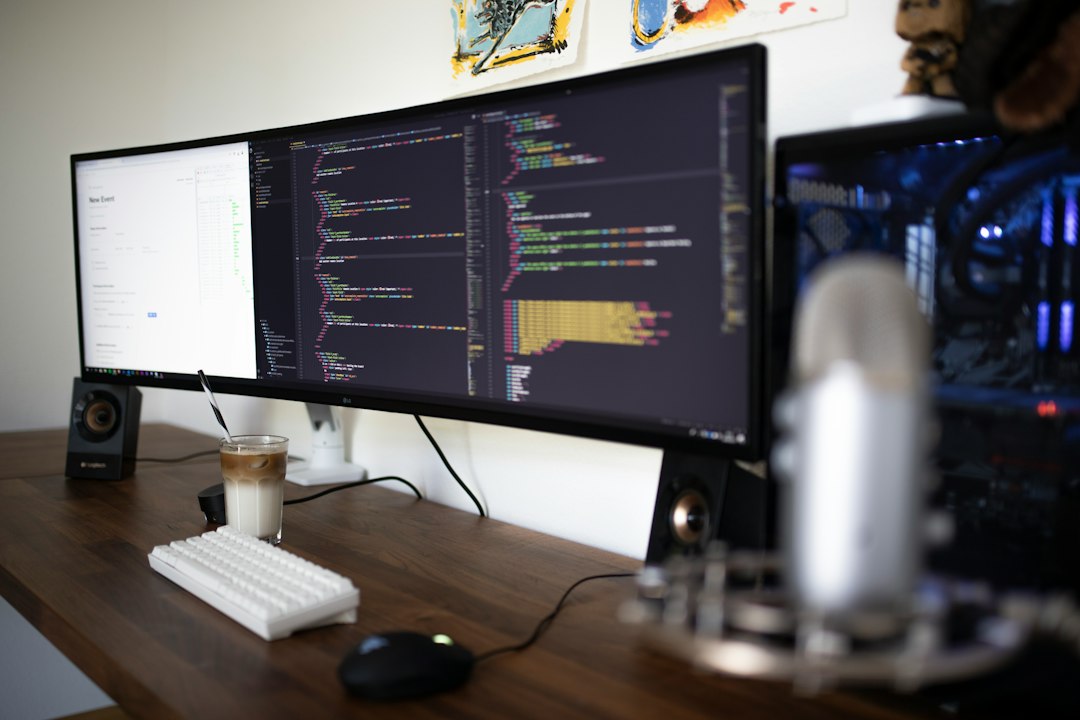Mobile app development has become an integral part of the digital world. With the growing popularity of smartphones, businesses and individuals are constantly looking for innovative ways to engage with their target audience through mobile applications. Whether you are a developer or an entrepreneur looking to create your own app, this comprehensive guide will help you navigate through the world of mobile app development.
1. Define Your Goals: Before diving into the development process, it’s essential to define your goals and objectives for creating the app. Are you looking to increase brand visibility, improve customer engagement, or provide a new service? Clearly outlining your goals will guide you throughout the development process and help you make informed decisions.
2. Research Your Target Audience: Understanding the needs and preferences of your target audience is crucial for building a successful app. Conduct market research to identify your target demographic, their preferences, and pain points. This will enable you to design an app that caters to their specific needs, ensuring high user engagement.
3. Choose the Right Platform: The next step is to decide whether you want to develop a native app (specifically designed for a particular platform) or a cross-platform app (compatible with multiple platforms). Each approach has its pros and cons, so weigh them carefully based on your target audience, budget, and timeline.
4. Sketch Your App: Visualizing your app’s structure and layout through sketches or wireframes is an essential step in the development process. This helps you understand the user flow, navigation, and overall user experience. Tools like Sketch and Figma can assist you in creating digital wireframes and prototypes.
5. Designing the User Interface: A visually appealing and user-friendly interface plays a significant role in attracting and retaining users. Pay attention to color schemes, typography, and overall design aesthetics to create a seamless user experience. Collaborating with a skilled UI/UX designer can enhance the overall look and feel of your app.
6. Choose an App Development Framework: To simplify the development process, consider using a mobile app development framework. Popular frameworks like React Native, Flutter, and Xamarin allow you to build apps for both iOS and Android platforms using a single codebase. This reduces development time and costs.
7. Development and Testing: Once you have finalized the design and framework, it’s time to start coding! Collaborate with a team of experienced developers to bring your app to life. Regularly test your app during the development process to identify and fix bugs, ensuring a smooth and glitch-free user experience.
8. App Store Optimization: To ensure your app reaches your target audience, optimize it for the respective app stores. Pay attention to keywords, app description, and screenshots, as these factors influence app discoverability and visibility. App Store Optimization (ASO) can significantly increase your app’s visibility and downloads.
9. Release and Marketing: When your app is ready, submit it to the app stores for review. Once approved, create a marketing strategy to promote your app. Utilize social media platforms, blogs, and app review sites to generate buzz, increase downloads, and gather user feedback. Continuously update your app based on user reviews and feedback for enhanced usability.
10. Maintain and Update: Mobile app development doesn’t end with the release. Regular maintenance and updates are necessary to keep up with changing technologies and user expectations. Monitor your app’s performance, fix bugs, and add new features to maintain user engagement and satisfaction.
With this comprehensive guide, you are well-equipped to embark on your mobile app development journey. Remember to set clear goals, conduct thorough research, design an attractive user interface, choose the right platform and development framework, optimize for app stores, and continuously maintain and update your app. Good luck!

